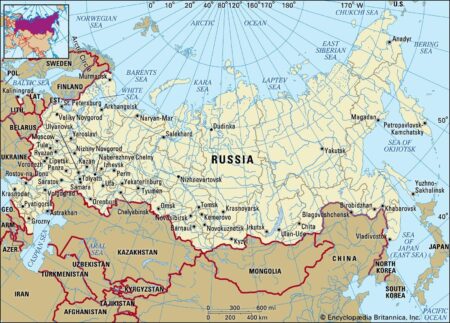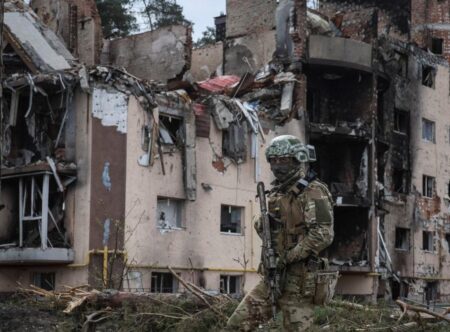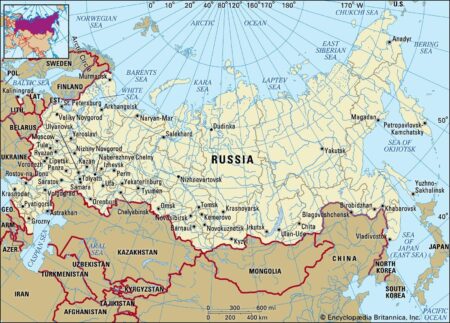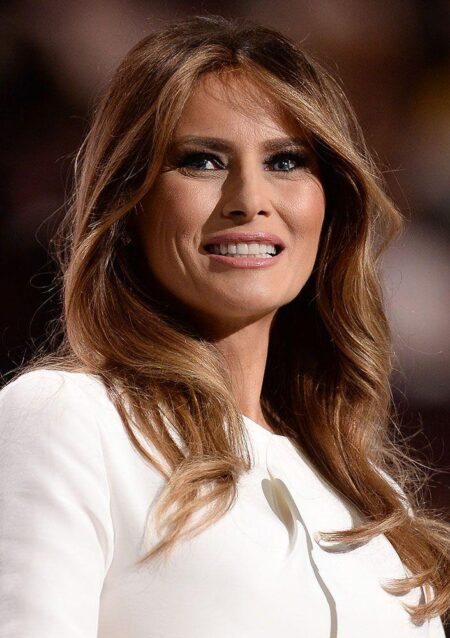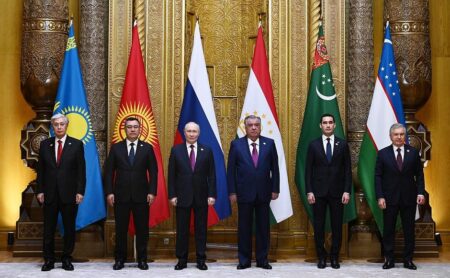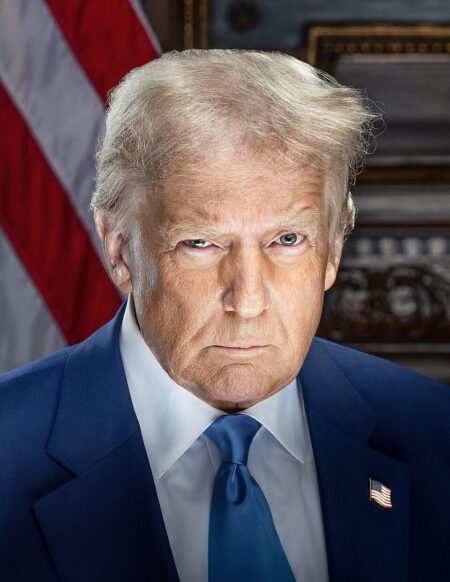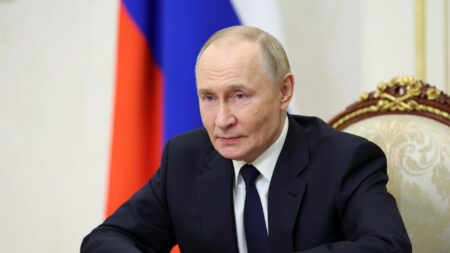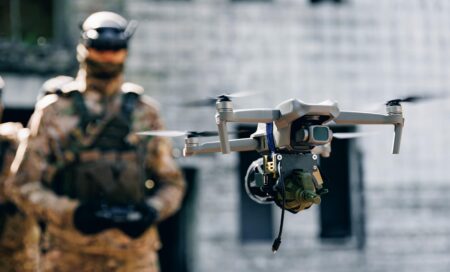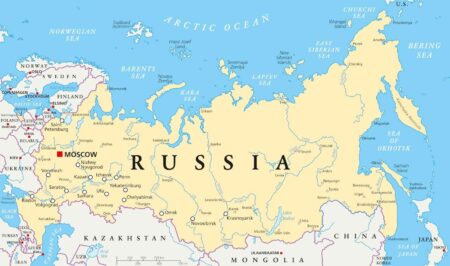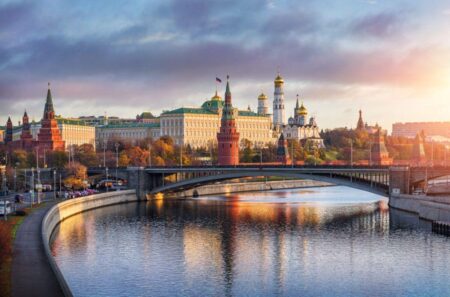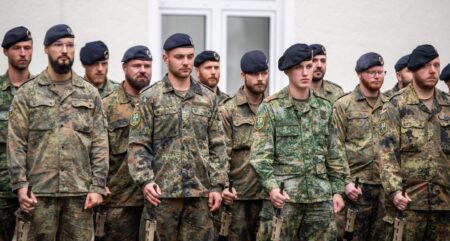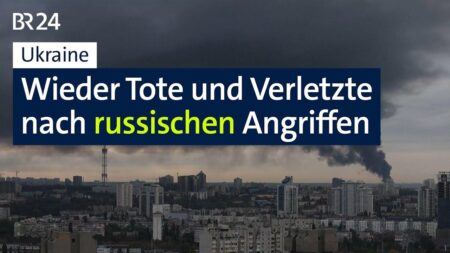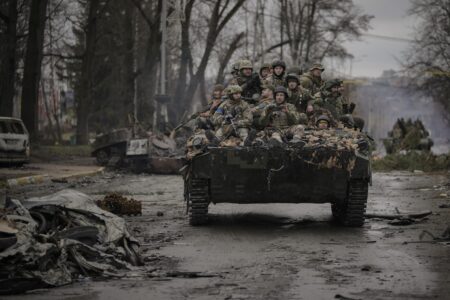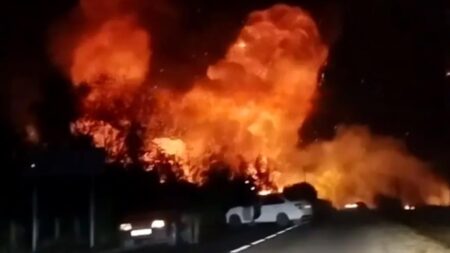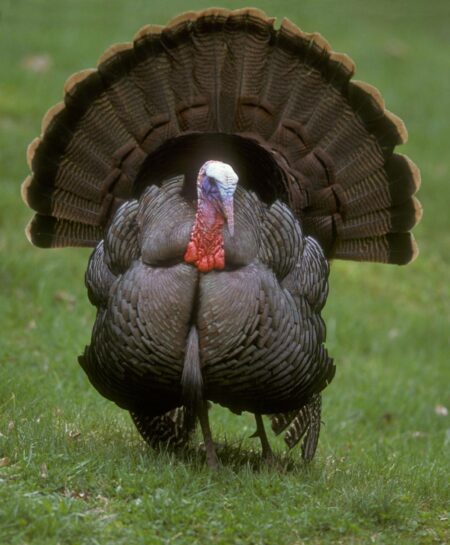Ukrainian President Zelensky has unveiled a startling new fear gripping Russian President Putin amid the ongoing conflict. This revealing insight highlights changing power dynamics and Moscow’s growing anxiety, suggesting cracks in Russia’s once-unshakable determination
Browsing: Russia
The ISW Russian Offensive Campaign Assessment for October 11, 2025, highlights fierce battles erupting across eastern Ukraine, showcasing Russia’s halted progress against Ukraine’s determined and successful defenses. Updated maps bring to life the dramatic changes unfolding along the frontlines
Russia and Fort Loramie took center stage at the Shelby County Athletic League championships, showcasing outstanding talent and dominating multiple sports, according to the Sidney Daily News
The U.S. is joining forces with Finland to overcome its Arctic icebreaker shortage, countering Russia and China’s expanding influence in the polar region. This collaboration aims to boost America’s strategic presence in the rapidly changing Arctic frontier
In a rare public address, Melania Trump revealed that Russia will be returning Ukrainian children aged 18 and older. Her announcement brings renewed attention to the ongoing tensions over the treatment of Ukrainian minors in Russia
Former President Donald Trump has urged a ban on Chinese airlines flying over Russia to reach the US, aiming to limit China’s expanding influence amid rising geopolitical tensions, Reuters reports
Russia unleashed a relentless barrage of drones and missiles targeting Ukraine, ramping up the intensity of the ongoing conflict. Ukrainian forces fought back fiercely, but the assault caused significant damage to key cities, deepening tensions throughout the region
Former President Trump calls for fair play as the US intensifies efforts to pressure China into avoiding flights over Russia, spotlighting worries about an unlevel playing field. This move challenges Beijing airlines’ growing control over key global air routes
The Institute for the Study of War’s October 9, 2025, assessment highlights a dramatic surge in Russian offensive operations across eastern Ukraine, revealing rapidly shifting frontlines and a sharp spike in intense artillery clashes as the conflict intensifies
Russian President Vladimir Putin has confirmed that Russian air defenses mistakenly shot down an Azerbaijan Airlines plane in 2024, tragically claiming the lives of all 38 people on board, Euronews reports. The investigation into this heartbreaking incident is ongoing
Russia’s drone attacks in this “hybrid war” are spreading fear, aiming to destabilize Europe. These covert strikes blur the lines between military sites and civilian zones, challenging Western defenses and escalating tensions throughout the continent
Russia has officially notified the U.S. of its decision to pull out of the landmark plutonium disposal pact, escalating tensions over nuclear arms control and raising urgent questions about the future of global disarmament efforts
Russia has dramatically increased fuel imports from Belarus to tackle a sudden surge in domestic shortages caused by refinery strikes. This bold strategy aims to stabilize the supply chain amid ongoing disruptions that are testing the resilience of the nation’s energy sector
A crucial Pacific gateway underscores the Kremlin’s stronghold over Russia’s remote Far East, spotlighting Moscow’s relentless drive to expand its influence and protect its vast, resource-rich frontier amid growing regional tensions
Russia’s 2026 budget reveals steeper tax hikes designed to power an ambitious military expansion amid the ongoing conflict. Experts warn that this increased financial strain on citizens highlights the Kremlin’s unmistakable decision to put defense spending ahead of domestic needs
Ukraine launched a daring strike on a refinery nearly 2,000 km deep inside Russia on Putin’s birthday, targeting critical infrastructure in a bold show of defiance, reports TVP World. This audacious attack underscores the escalating tensions in the ongoing conflict
In Motherland, Julia Ioffe vividly brings to life the extraordinary women who shaped Russia’s history and identity. This captivating book reveals the untold stories of the fierce matriarchs whose strength and resilience powered Mother Russia through the ages.
Ukraine’s President Zelensky has dropped a startling bombshell: British-made parts have been found inside Russian drones deployed in attacks on Lviv. This surprising discovery sheds light on the complex and unexpected sources fueling Russia’s military arsenal amid the ongoing conflict
Ukraine launched a massive assault with 251 drones targeting Crimea, Russian power plants, and Belgorod, sparking powerful explosions and widespread blackouts. This daring attack marks a significant escalation in the ongoing conflict
Turkey is ramping up efforts to strike a rare earths supply deal with the US, following sluggish talks with China and Russia. As global supply chain uncertainties mount, Turkey is determined to secure these critical minerals, Bloomberg reports

